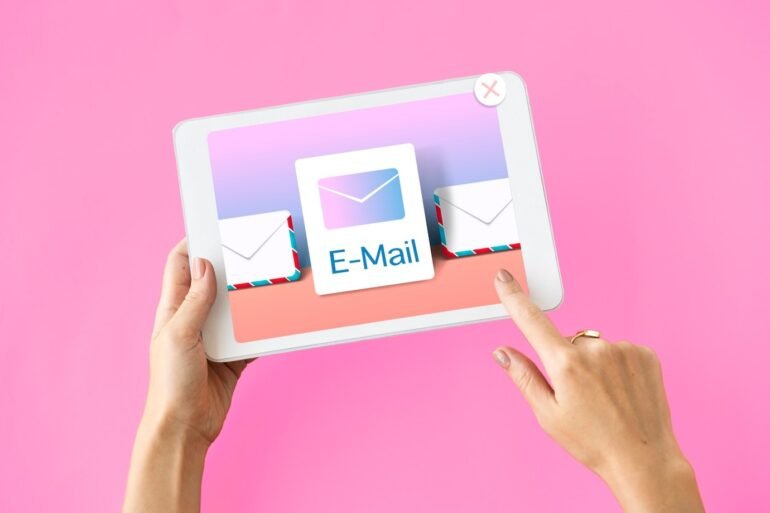When an applicant has been keeping track of the number of days that have passed since they submitted their application, the waiting period following an application submission can seem like an eternity. If the applicant does not receive a response, this can give a poor impression of the hiring process that your company uses.
If you have dozens of people who have applied for a part, sending tailored rejection messages to each individual who has not been chosen for the job can seem like a laborious and time-consuming chore. You mustn’t bypass or put off performing this step. These are the reasons why:
- Sending a job candidate a rejection email template demonstrates that you respect the effort they put into applying for the job and interviewing for the position. This helps limit any bad thoughts the applicant may have against your organization.
- Notifying applicants will prevent them from being kept waiting for an answer and may limit the number of check-in emails you receive from those candidates. Notifying applicants will also ensure they won’t be left waiting for an answer.
- Suppose an applicant has pleased you with their skill set, and they would be a positive culture add despite not being the appropriate match for the role you are presently looking to fill. In that case, you might urge them to apply for other opportunities within the company.
You may reduce the amount of time spent on this work by generating a rejection email template, which will allow you to do so while still providing the applicants with the required information.
Important things to include in a job rejection email
All of the following components are necessary for a comprehensive email rejection:
- A Thank you
Always show a candidate your gratitude for their interest in the company as well as any time they spent filling out a form or interviewing with staff members. In addition to demonstrating good manners, this message demonstrates to applicants that your organization respects the value of other people’s time.
- Personalization
Include the first name of the candidate as well as the job title in the salutation. Include a note from the conversation or make explicit reference to an aspect of their character that you admired.
- Feedback
Applicants typically place high importance on the feedback they receive from employers they have interviewed since it gives them an understanding of areas in which they may improve and may assist them in pondering the next actions they should take in their job search. For instance, if you decide not to hire a candidate in favour of someone who has more experience, the applicant might decide to look for jobs that are more closely linked with their current career level.
Wrapping up
You should encourage a candidate to apply for future openings if they are a good match for the organization in another capacity. This invitation is optional. However, if you do not think the candidate would be a strong cultural fit or a good match in terms of their skills.



